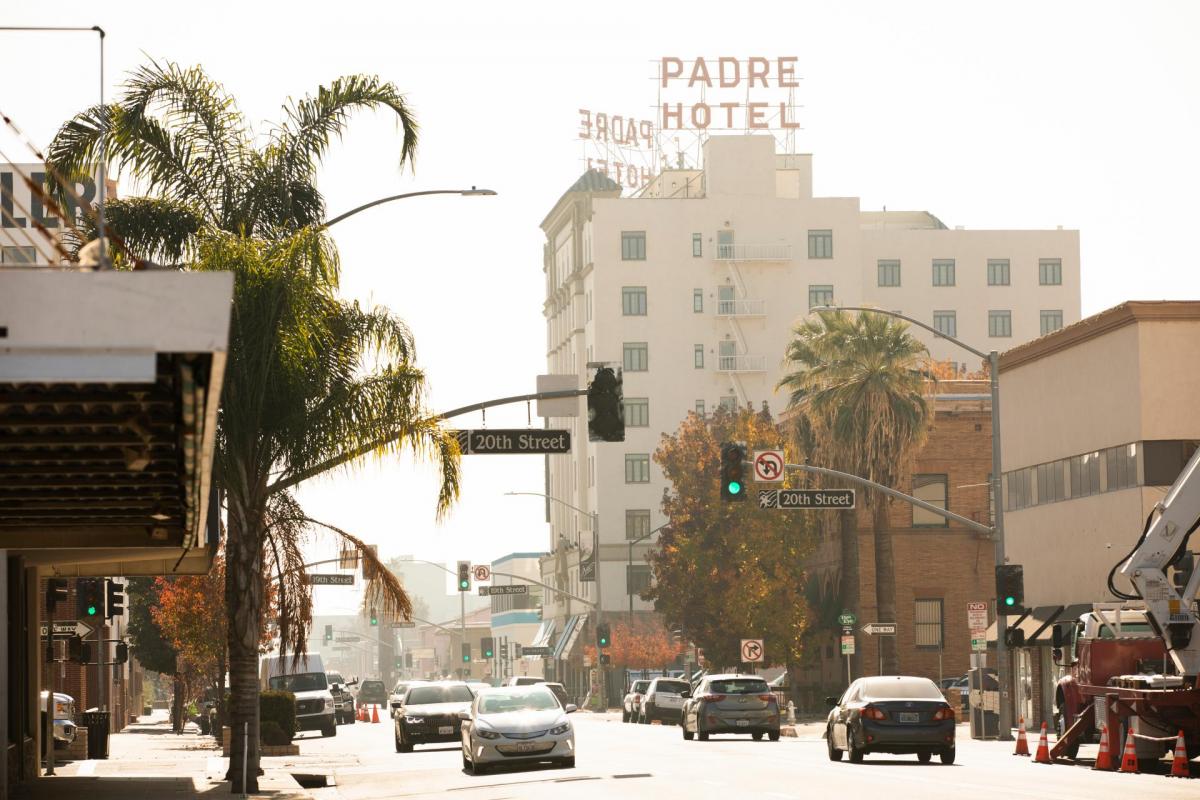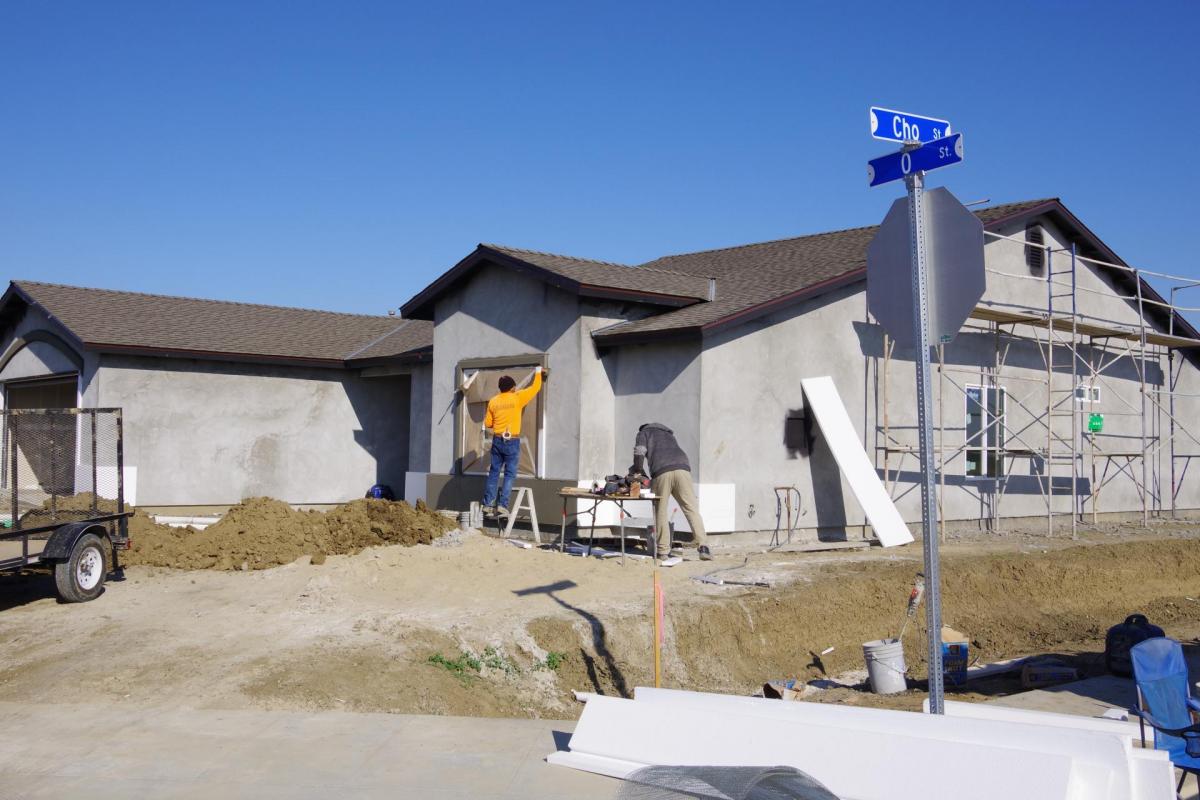Our housing crisis puts people one paycheck from precarity
Over half of people in the U.S. live paycheck to paycheck and are one crisis away from homelessness. This stat may be shocking to many, but it’s an everyday reality for countless residents in the San Joaquin Valley.
The affordable housing crisis in California permeates every corner of the state — not just the urban cores of Los Angeles, Sacramento, and San Francisco. For my city of Fowler and the other agricultural communities that make up Fresno County, nearly 75% of extremely low-income households spend more than half of their income on housing.
The lack of affordable housing and skyrocketing rent are impacting low-income residents and communities of color the hardest. Seasonal farmworkers, the backbone of the state’s agricultural industry who feed families across the nation, are living in their cars and converted garages. Our children’s schoolteachers, the baristas at our local coffee shops, and even municipal employees at city hall are feeling the crushing weight of California’s housing affordability crisis.
The growing housing crisis in our communities is especially dire because it’s inextricably linked to our economic vitality. When residents are spending so much on their rent or mortgage that they can’t afford to visit local businesses, it puts a significant strain on the local economy. On top of that, if housing and rent prices become too high, it can be difficult to attract new businesses and for existing businesses to hire and retain qualified employees. A healthy, vibrant community is dependent on housing available at all income levels.
Thankfully, many California cities are stepping up to the plate and doing all they can to support their residents amidst this growing crisis. This month’s issue of Western City highlights cities that are thinking outside the box and working hard to find solutions that ensure families at all income levels can afford to live in their communities.
In the rural city of Huron, city officials are using every tool in their toolbox — including low-income tax credits and permit streamlining — to expand affordable housing options in their community, especially for seasonal farmworkers and low-income residents. You can learn all about their recent housing projects by reading “In this small, Central Valley city, shared goals and ongoing funding build housing.”
Others are launching new initiatives that provide unprecedented levels of service. In Modesto, city officials formed a public-private partnership to launch the city’s first supportive housing project for homeless youth. The city and others are also working on an outpatient mental health facility that will expand its mental health and substance use treatment services to an estimated 1,400 youth in Stanislaus County. You can learn more about the city’s efforts to help at-risk youth in “Modesto creates a countywide system of care for youth experiencing homelessness.”
Our residents deserve reliable and affordable housing, but cities can’t solve this crisis alone: We have a role to play in zoning and planning, but we don’t build housing. That’s why partnerships with the state are key. One of Cal Cities’ primary goals this year is to urge the state to invest in ongoing funding to jumpstart the construction of affordable housing and address homelessness. At the same time, we need greater local flexibility to achieve community and state goals. As your Cal Cities President, I will share the success stories of our cities and work with the state to find solutions that expand — not deter — our efforts. Our residents deserve nothing less.


